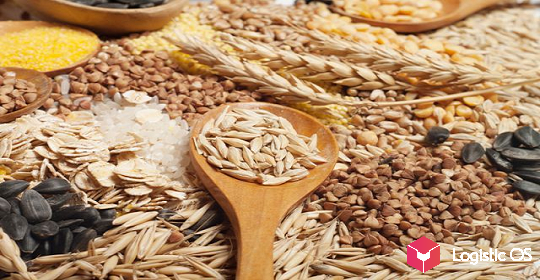Currently, in the southern regions of the country, agricultural producers have already begun sowing, which is quite an early date.
Sugar beet sowing is usually carried out later, this year farmers started it ahead of schedule, experts say.
This is largely due to the fact that a significant part of Russia had a mild and low-snow winter, as a result, the snow cover melted in early March.
According to the latest data, by March 17, in a number of regions, for example in Stavropol, about 30% of the planned area had already been sown.
Analysts believe that this is a positive factor, since early sowing increases the vegetation period of the plant and can lead to higher yields.
In general, it is planned that the sowing area for sugar beet in the current season will increase by 0.3% and will amount to about 1,173 thousand hectares. These areas may grow most noticeably in the Central Black Earth Region, experts say.
In order for beet sowing to be further increased, several conditions must be met, experts note. In particular, farmers must have the opportunity to purchase high-quality sugar beet seeds and hybrids, as well as a sufficient amount of harvesting and sowing equipment.
So far, not all farmers have such opportunities, so there is no reason to expect a significant increase in beet sowing in the foreseeable future.
At the same time, beet growers are quite dependent on receiving various grants and subsidies, otherwise they have practically no chance of coming out on top, and their business will be unprofitable.
As for sugar production, it is planned that in the current season it will decrease by 8% compared to last year’s figure and will amount to approximately 6.35 million tons.
Such an amount of sugar, taking into account a small import from Belarus in the amount of about 200 thousand tons, is in principle sufficient for Russia, experts note, moreover, it even has a noticeable export potential.
In recent years, Russian sugar has been actively supplied by rail to countries such as North Korea, Afghanistan, Iran, Mongolia, and Serbia. In addition, sugar from the Russian Federation is shipped by sea to dozens of countries.
All this means that increasing sugar production could potentially increase its exports, since there is demand for it, including possibly expanding the list of buyer countries.
But to do this, it is first necessary to solve the existing problems of farmers, including with equipment and seeds, as well as with the marginality of production, in order to increase their motivation to produce more.

